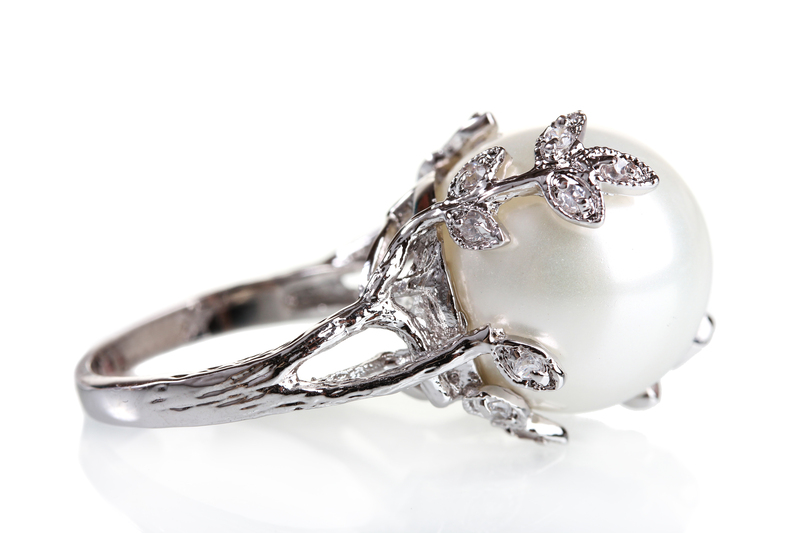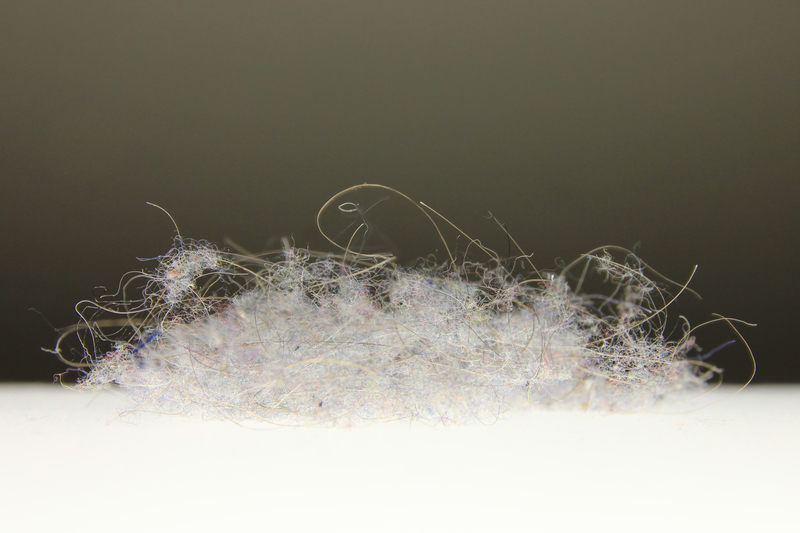Why Removing Germs from Your Phone is Important
In today's digital age, our phones have become an extension of ourselves. Anywhere we go, our phones go with us, from the bathroom to the kitchen, to the office. As a result, our smartphones accumulate a significant amount of germs. According to studies, the average mobile phone carries about 18 times more bacteria than a public restroom handle. This makes it essential to regularly clean and disinfect our devices. Properly removing germs from your phone not only keeps your device hygienic but also reduces the risk of transferring harmful bacteria to your hands, face, and other surfaces.

What You'll Need
Before diving into the cleaning process, it's important to gather the necessary supplies. Here's a list of items you'll need:
- Microfiber cloth
- Isopropyl alcohol (70% or higher)
- Distilled water
- Cotton swabs
- Soft-bristled brush
- Cleaning solution (optional)
- UV light sanitizers (optional)
Step-by-Step Guide
Step 1: Power Off Your Device
First and foremost, turn off your phone and unplug it from any charging cables. This is crucial to avoid any electrical mishaps during the cleaning process.
Step 2: Remove the Case
Remove any protective cases or covers from your phone. Clean these separately using mild soap and water or according to the manufacturer's instructions.
Step 3: Prepare a Cleaning Solution
Mix equal parts of isopropyl alcohol and distilled water in a small spray bottle. This solution is effective in killing germs and is safe for most phone screens.
Step 4: Wipe Down with Microfiber Cloth
Lightly dampen a microfiber cloth with the cleaning solution. Gently wipe down the entire surface of the phone, including the front, back, and sides. Avoid getting any liquid into the phone's ports.
Step 5: Attention to Detail
Use a soft-bristled brush or a cotton swab dipped in the cleaning solution to clean around buttons, camera lenses, and other small areas where germs can hide.
Step 6: Dry Your Phone
After thoroughly cleaning the phone, use a dry microfiber cloth to remove any excess liquid. Allow the phone to dry completely before turning it back on.
Additional Tips
- **Avoid Harsh Chemicals:** Do not use bleach, vinegar, or other harsh chemicals as they can damage the phone's screen and casing.
- **UV Light Sanitizers:** Consider using a UV light sanitizer specifically designed for smartphones. These devices can effectively kill germs without liquids.
- **Regular Cleaning:** Aim to clean your phone at least once a week, but consider more frequent cleaning during flu season or pandemics.
- **Don't Forget Accessories:** Clean your phone's case, chargers, and headphones regularly, as they can also harbor germs.
Pros and Cons
Pros
- Reduces the risk of disease and infections.
- Improves hygiene and cleanliness.
- Maintains the aesthetic and functionality of the phone.
Cons
- Over-cleaning or using harsh chemicals can damage the phone.
- Some cleaning methods and tools can be expensive.
- Requires diligence and consistency.

Takeaways
- Regular cleaning of your phone is essential for maintaining both personal hygiene and device functionality.
- Use appropriate cleaning solutions and tools to safely remove germs without damaging your phone.
- Consider additional measures like UV light sanitizers for extra protection.
Conclusion
Regularly removing germs from your phone is a crucial aspect of maintaining not only the longevity of your device but also your personal health. By following the steps outlined above and incorporating additional tips, you can effectively minimize the spread of germs. Remember that consistency is key, and taking preventive measures can significantly contribute to a cleaner, healthier lifestyle.



